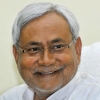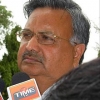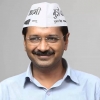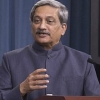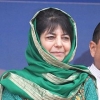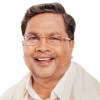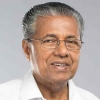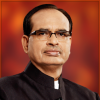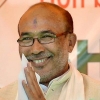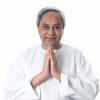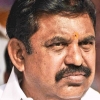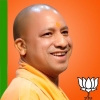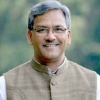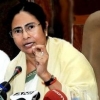Chief Ministers of India
In India, the Chief Minister is the real ruler of the State and his role, status and position is very high. The Chief Minister is in the state what the Prime Minister is at the centre. After every general election, the Governor appoints the leader of the majority party in the State Assembly or as is often the case, the leader of a combination of parties forming a coalition, the Chief Minister of the state.
The Chief Minister is the head of the Government. The Ministers are appointed on the advice of the Chief Minister. Portfolios among ministers are in reality allocated by the Chief Minister. The Chief Minister has also the power to ease a minister out of office. He may advice the Governor to drop a minister. The Chief Minister presides over the meetings of the State Cabinet. The Chief Minister also is the leader of the legislature. He is the leader of the majority group. Through his control over the legislative majority, he controls the legislature. The position of the Chief Minister is very important and his role is to carry out the most important functions of the state.
In the Republic of India, a chief minister is the head of government of each of twenty-nine states and two union territories (Delhi and Puducherry). According to the Constitution of India, at the state-level, the governor is de jure head, but de facto executive authority rests with the chief minister. Following elections to the state legislative assembly, the governor usually invites the party (or coalition) with a majority of seats to form the government. The governor appoints the chief minister, whose council of ministers are collectively responsible to the assembly. Given he has the assembly's confidence, the chief minister's term is usually for a maximum of five years; there are no limits to the number of terms he/she can serve.



